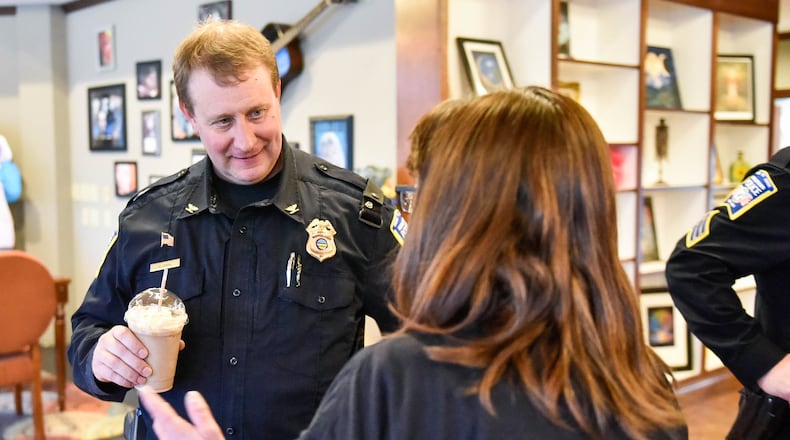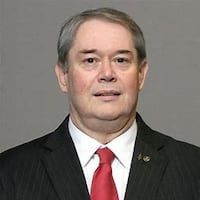“It makes sense to have one umbrella with one supervisor over all these people instead of four or five supervisors,” he said.
Middletown police has 69 sworn officers, including the chief, which is below a national standard of 2.4 officers per 1,000 residents (about 113 officers in Middletown). There are about six officers per shift to patrol the city.
The existing Code Enforcement Unit includes civilians, jailers, records clerks, administrative assistants and dispatchers.
For the Community Oriented Policing Unit, Officer Holly Owens will be transitioned to help form the unit on March 1. Birk said he hopes to add another officer later this year as soon as staffing permits and other vacancies are filled.
Birk said the new combined unit would utilize the SARA model — a police strategy that identifies and addresses community problems by Scanning, Analysis, Response and Assessment — analysis of hot spot crime areas in the city.
“This tends to be relatively effective in reducing crime,” Birk said.
Birk is seeking to add two more officers through a federal COPS hiring grant which will cover 75 percent of salary and benefits for three years. In the fourth year, the city will be required to pick up 100 percent of the salary and benefits of the new officers. Birk believes the city will be able cover the costs as senior officers at higher pay grades retire in the coming years.
The COP officers will be involved throughout the city in serving tax summonses and warrants; continuing community relations efforts and neighborhood watch meetings; participating in community events such as National Night Out; biking patrols in the downtown area and city neighborhoods to increase police visibility and be approachable; analyzing crime data and creating prevention plans; focusing on the downtown homeless issues; assisting with selling unclaimed items; and developing a children’s outreach program in the summer.
MORE: McCrabb: Birk’s journey moves from CHiPS to Middletown police chief
Birk wants to begin the Traffic Unit by June 1 and will be transitioning Officer Ryan Rogers from patrol to traffic. The 2020 public safety budget calls for adding two traffic enforcement officers.
In the past few months, the Ohio State Highway Patrol redeployed troopers to focus in interstate and state highways and out of patrolling municipalities, Birk said that decision had a huge impact on Middletown and is a reason for creating the traffic unit.
“By enforcing the traffic laws, it will help reduce accidents and injuries,” Birk said. “I think the traffic officers should focus on enforcement and not go on calls.”
He hopes to assign new recruits to the traffic unit.
Birk said as staffing stabilizes, he hopes to add another traffic officer, which would enable one officer working 6:30 a.m. to 2:30 p.m., and another officer working 11 a.m. to 7 p.m.
In addition to the creation of the COP and traffic units, Birk would like to reach out to residents with doorbell camera systems, such as Ring, so police know they have such systems to help with criminal investigations in the neighborhoods. He said the doorbell camera systems have already helped police solve some crimes in the city.
Last fall, former city manager Doug Adkins suggested taking some funds out of the city’s paving budget to add three officers to address the homelessness and other downtown issues. However, council did not take action on that proposal before Adkins was terminated.
Councilman Talbott Moon said he wants the funding to be found from other sources other than paving. He also said he wanted to see a financial plan on Birk’s proposals.
Council also wants the administration to find a way to make these funding requests to be revenue-neutral from the general fund.
About the Author

